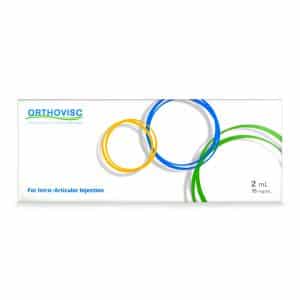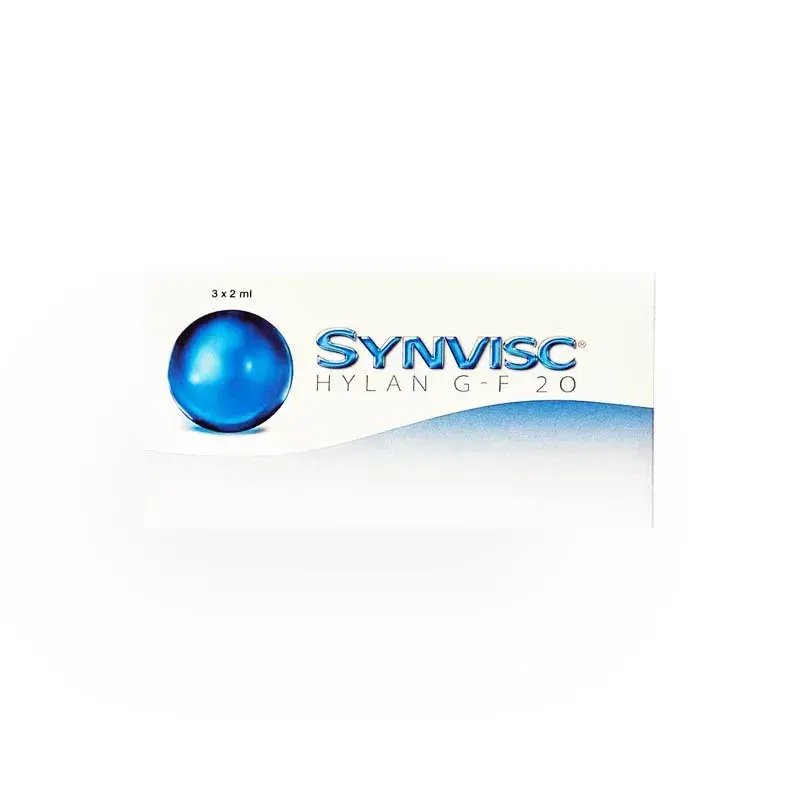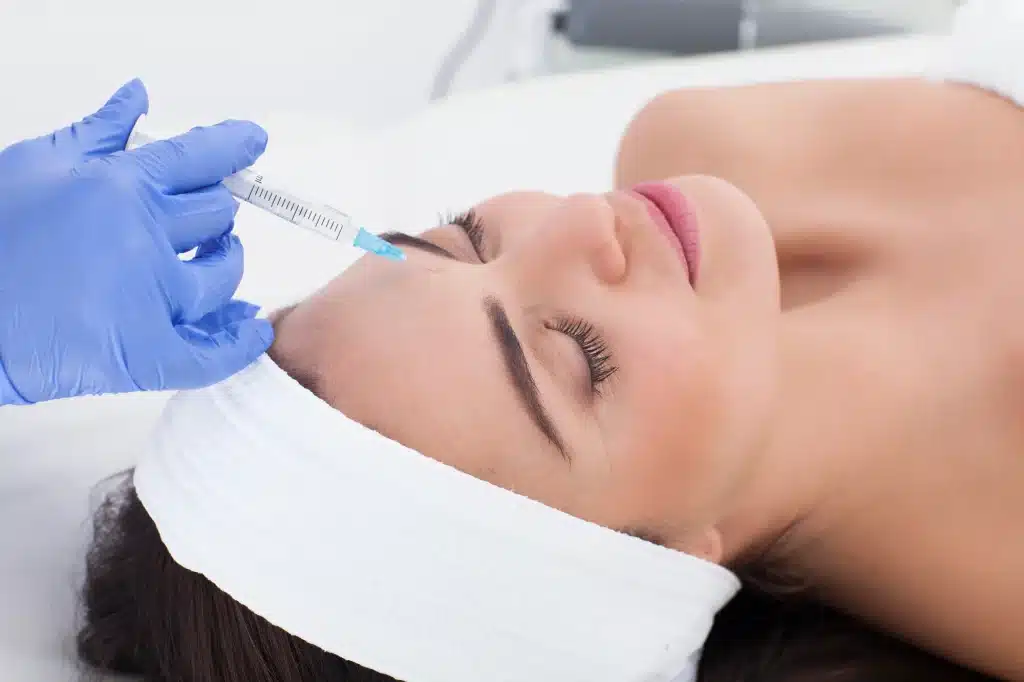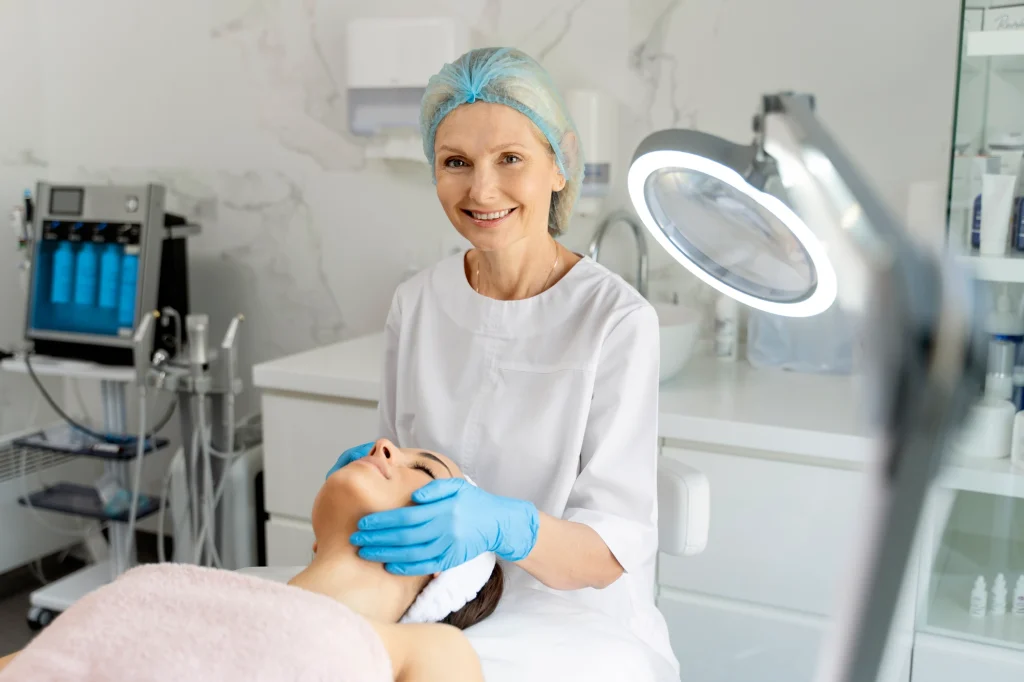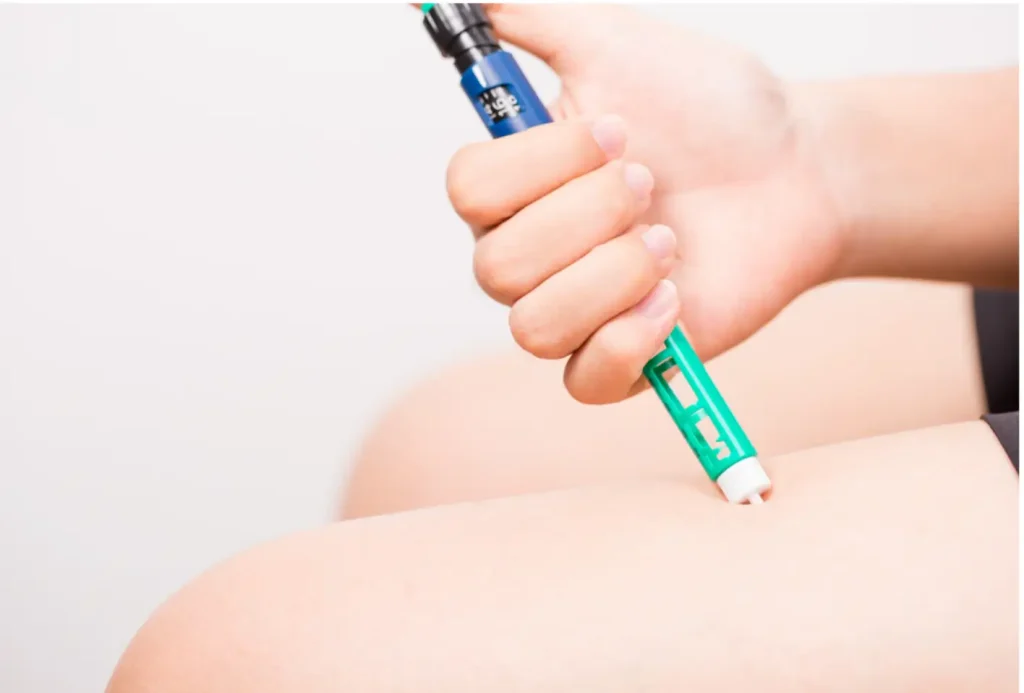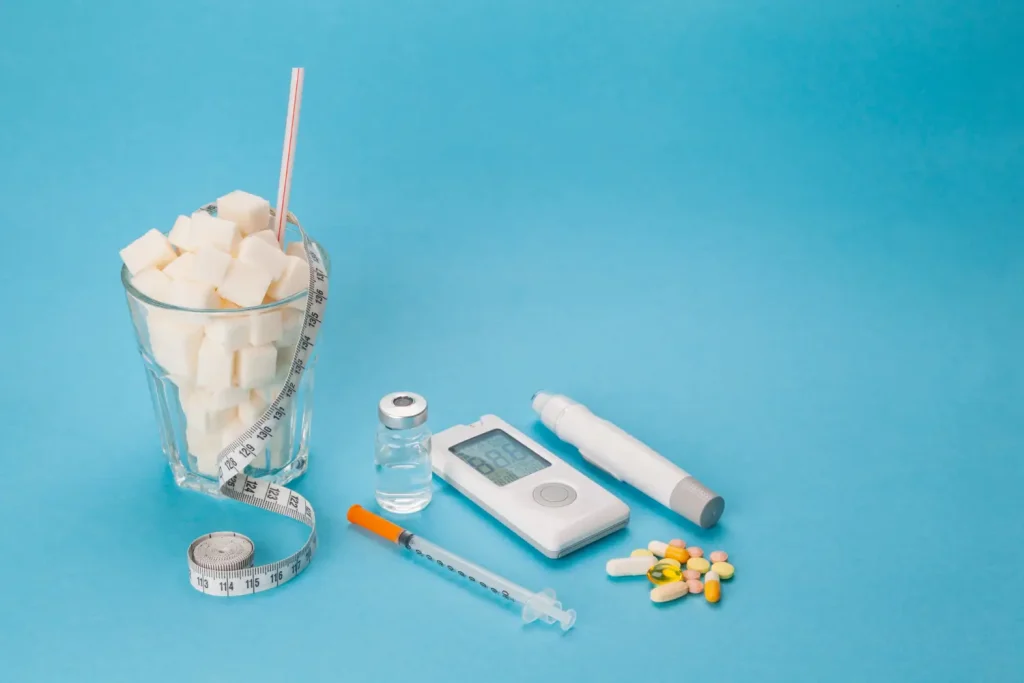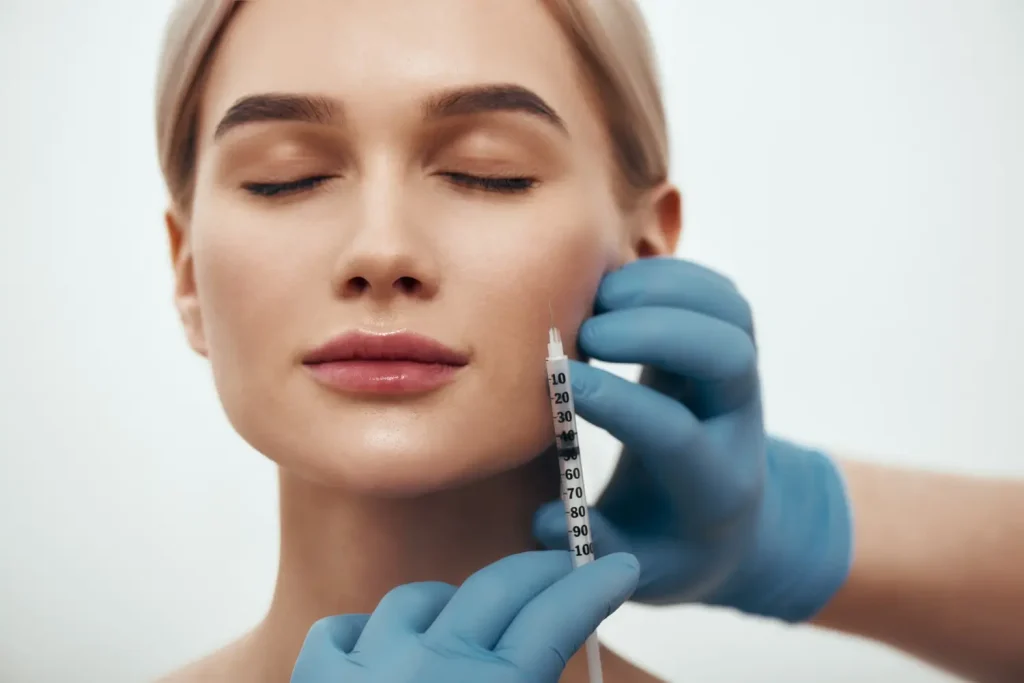When joint cartilage becomes damaged, it doesn’t heal easily. Because it lacks its own blood supply, recovery is slow and often incomplete, leading to ongoing pain and stiffness. To help relieve these symptoms without surgery, doctors turn to viscosupplementation treatments that restore lubrication within the joint.
One of the most trusted options is Orthovisc, a hyaluronic acid–based injection used to reduce discomfort and improve knee function in people with osteoarthritis. By supplementing the joint’s natural fluid, it helps ease movement and enhance comfort. However, like any medical treatment, Orthovisc can cause side effects. Most of these are mild and temporary, though rare complications may occur. Understanding these reactions helps ensure treatment remains both safe and effective.
This article explains the full range of Orthovisc side effects, from common injection-site reactions to uncommon risks that may need medical attention.
Key Takeaways
- Common side effects include mild pain, swelling, stiffness, redness, or bruising near the injection site. These reactions are usually short-lived and resolve with simple care.
- Less frequent reactions (e.g., rash, itching, dizziness, or fluid buildup in the joint) should be monitored and discussed with a clinician if they persist.
- Serious complications like joint infection or severe allergic reaction are rare but require immediate medical attention.
- Contraindications include joint or skin infections, bleeding disorders, or known sensitivity to hyaluronan. Safety during pregnancy and breastfeeding is not established.
- With proper screening, sterile technique, and follow-up, Orthovisc remains a safe, well-tolerated, and effective option for managing knee osteoarthritis without the need for surgery.
About: Medical Spa RX provides medical practices with premium products at the best prices. If you’re looking to buy Orthovisc online for your practice, the sales representatives at Medical Spa RX can give you guidance.
Common Localized Reactions to Orthovisc Injections
After receiving an Orthovisc injection, many patients experience mild, short-term effects at the injection site. These reactions are part of the body’s natural adjustment to the hyaluronic acid solution and usually fade within a few days.
For those wondering, “What is Orthovisc?”, it’s an injectable viscosupplement that adds lubrication to the knee joint to help relieve osteoarthritis symptoms. Understanding its typical post-injection responses helps patients tell the difference between normal, expected discomfort and reactions that may need follow-up care.
Notable Localized Symptoms
- Pain or soreness in the treated knee, often described as tenderness or mild aching.
- Swelling around the injection site caused by temporary fluid buildup or minor tissue irritation.
- Redness or warmth in the area, reflecting increased blood flow during healing.
- Stiffness or a sense of fullness in the joint as it adapts to the added joint fluid.
- Bruising near the injection site, which may appear briefly after treatment.
These reactions are usually mild and short-lived, resolving with rest, ice application, or over-the-counter pain relief. They are considered normal and not a cause for concern. However, if symptoms worsen or fail to improve, patients should immediately contact their clinician. Early communication guarantees safe recovery and best outcomes from Orthovisc therapy.
Less Frequent but Notable Side Effects of Orthovisc
While Orthovisc is generally well-tolerated, some patients may experience less common side effects that require closer observation. These are typically mild but can temporarily affect comfort and mobility.
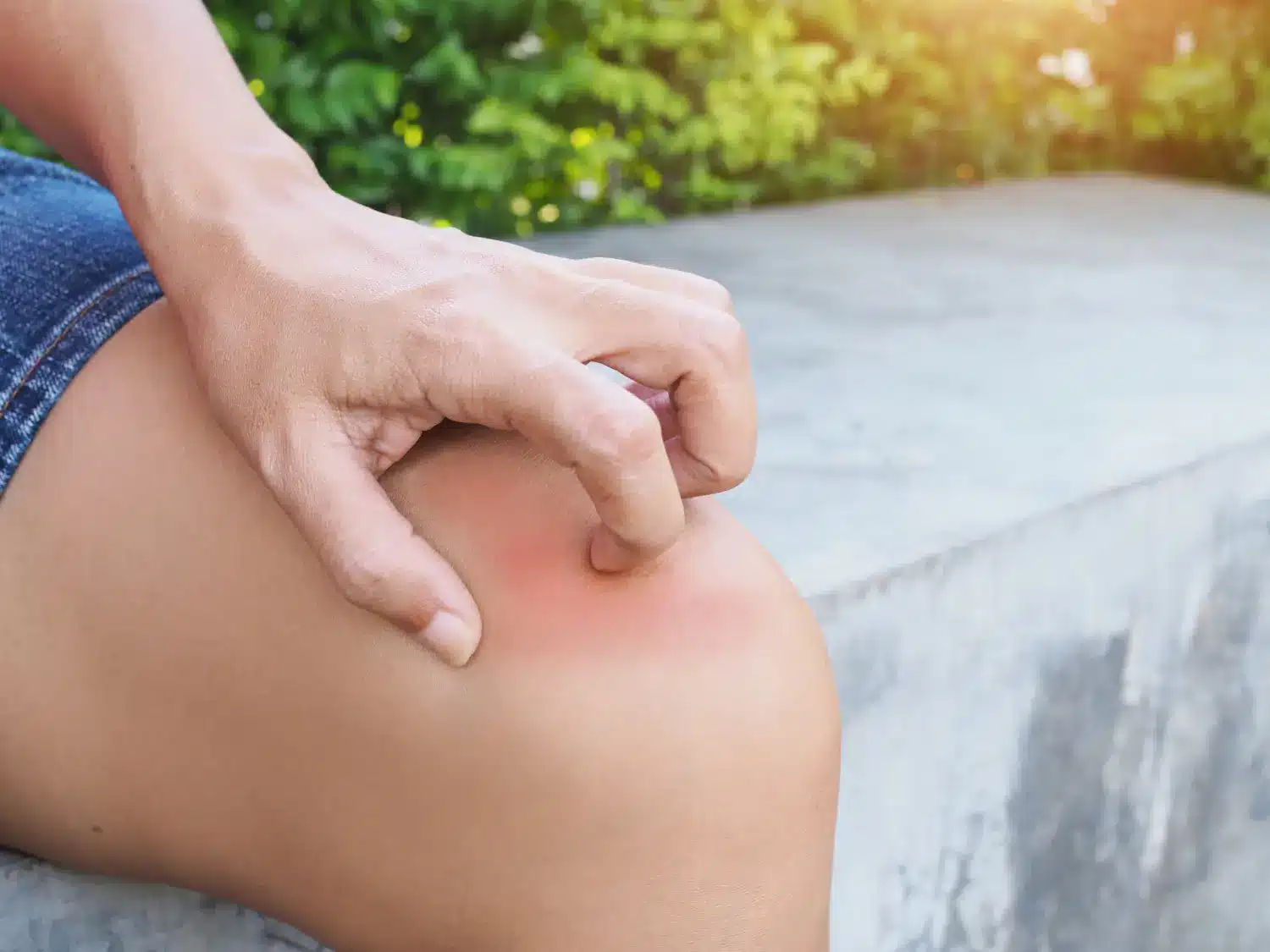
- Itching or skin rash near the injection site may signal minor irritation or a mild hypersensitivity response.
- Lingering joint stiffness beyond the expected recovery period may suggest inflammation that needs evaluation.
- Knee effusion, or fluid buildup inside the joint, can cause swelling and limited movement. It may be managed conservatively, but drainage is sometimes considered if the swelling is significant.
- Headache or dizziness after the procedure are uncommon but can occur as the body reacts to the injection process.
These effects rarely interfere with ongoing treatment but should still be monitored. Clinicians may recommend short rest periods, gentle movement, or mild medication to ease symptoms. Patients should track any changes and share them during follow-up visits. Open communication helps providers respond quickly and maintain a smooth recovery process.
Serious Risks and Contraindications for Orthovisc Use
Orthovisc, a hyaluronan-based injection used for knee osteoarthritis, is considered safe when administered by qualified professionals. Still, rare but serious risks must be reviewed before treatment begins. Patients and clinicians should discuss these factors carefully to guide informed and personalized care.
Key Risks to Consider
- Severe allergic reactions may occur in individuals sensitive to hyaluronan or other components of Orthovisc. Warning signs include hives, facial swelling, or breathing difficulty, all of which require emergency medical attention.
- Joint infection (septic arthritis) is extremely rare but serious. It presents with intense joint pain, fever, and reduced mobility, and requires urgent antibiotic treatment or surgical drainage.
- Persistent pain, swelling, or redness at the injection site can indicate inflammation or infection if symptoms worsen instead of improving.
- Hypersensitivity reactions (such as skin rash or shortness of breath) may require discontinuation of treatment and prompt medical evaluation.
Contraindications
- Active skin or joint infection at or near the injection site.
- Known hypersensitivity to hyaluronan or any component of Orthovisc.
- Bleeding disorders, which may increase the risk of post-injection bleeding or bruising.
- Pregnancy or breastfeeding, as safety has not been established; treatment decisions should be guided by a physician.
These precautions highlight the importance of professional screening and oversight before starting Orthovisc therapy.
How Clinicians Manage and Monitor Orthovisc Side Effects
To protect patient safety and ensure the best possible outcomes, clinicians follow structured protocols when administering and monitoring Orthovisc injections.
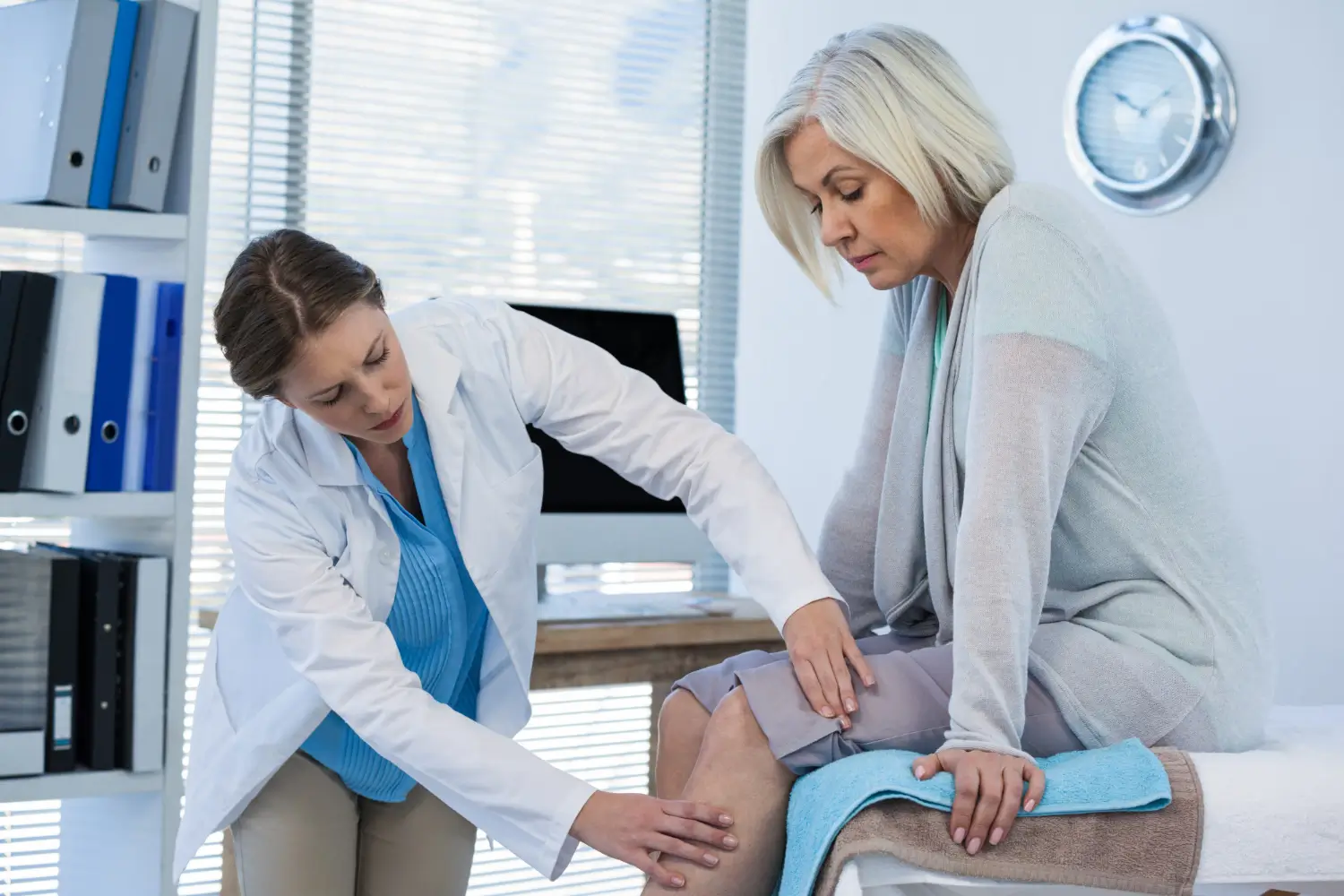
- Pre-Injection Screening: Medical history and current medications are reviewed to check for allergies, infections, or bleeding risks.
- Sterile Technique: Injections are performed using strict aseptic procedures to prevent contamination or infection.
- Symptom Management: Patients may be advised to rest briefly, apply ice, or take mild pain relievers for short-term post-injection soreness.
- Follow-Up Monitoring: Providers schedule check-ins to assess progress, review mobility, and identify any emerging side effects early.
- Emergency Guidance: Patients are instructed on when to seek care for severe pain, swelling, or fever following treatment.
This proactive approach helps balance safety and relief, ensuring Orthovisc delivers effective pain reduction while minimizing the risk of complications.
Conclusion
Orthovisc is a trusted treatment for knee osteoarthritis, known for its strong safety record and minimal side effects. Most patients experience only mild, short-term reactions that fade without medical intervention. Less frequent side effects are manageable with proper follow-up, while serious complications are rare when trained professionals give the injections.
Safe use depends on qualified administration, clear aftercare instructions, and prompt reporting of any unusual symptoms. The safety and effectiveness of the treatment in children have not been established, so its use is currently limited to adults.
While no medical procedure is entirely risk-free, Orthovisc continues to offer meaningful pain relief, improved joint function, and a reliable non-surgical alternative for managing osteoarthritis.
FAQs
1. Is Orthovisc safe for long-term use?
Repeat treatment cycles may be appropriate when recommended by a physician, based on patient response and risk assessment. Practitioners evaluate each case individually.
2. What should I avoid after receiving Orthovisc injections?
Patients should avoid strenuous activity or prolonged standing for a short period (often up to 48 hours) to prevent irritation.
3. How soon do side effects of Orthovisc appear?
Most reactions occur within 24 to 48 hours after injection and typically resolve within a few days.
4. Who should not use Orthovisc?
People with joint or skin infections, bleeding disorders, or hypersensitivity to hyaluronan should avoid treatment. Pregnant or breastfeeding patients should consult their healthcare provider.
5. Are Orthovisc side effects more common in older adults?
Side effect rates are not significantly higher in older adults, though recovery from minor discomfort may vary depending on other health conditions.
References
Yao MX, Zhang YF, Liu W, et al. Cartilage tissue healing and regeneration based on biocompatible materials: a systematic review and bibliometric analysis from 1993 to 2022. Frontiers in Pharmacology. 2024;14. doi:10.3389/fphar.2023.1276849
Fox AJS, Bedi A, Rodeo SA. The basic science of articular cartilage: structure, composition, and function. Sports Health a Multidisciplinary Approach. 2009;1(6):461-468. doi:10.1177/1941738109350438


